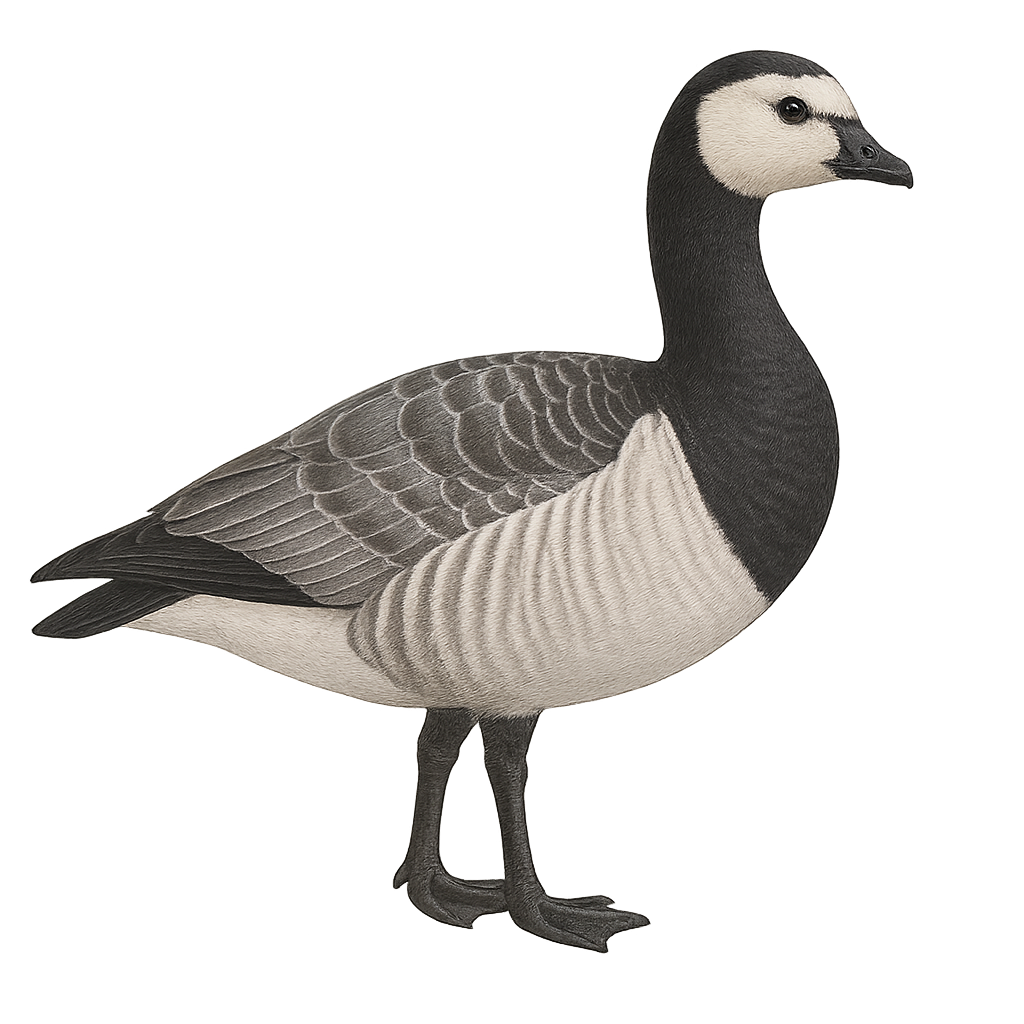Your wildlife photography guide.
Explore the barnacle goose in detail, study its behavior, prepare your shots.
Where to observe and photograph the barnacle goose in the wild
Learn where and when to spot the barnacle goose in the wild, how to identify the species based on distinctive features, and what natural environments it inhabits. The WildlifePhotographer app offers tailored photography tips that reflect the barnacle goose’s behavior, helping you capture better wildlife images. Explore the full species profile for key information including description, habitat, active periods, and approach techniques.
Barnacle Goose
Scientific name: Branta leucopsis

IUCN Status: Least concern
Family: ANATIDAE
Group: Birds
Sensitivity to human approach: Suspicious
Minimum approach distance: 10 m
Courtship display: May to July
Incubation: 24-25 jours
Hatchings: June to August
Habitat:
Coastal areas, estuaries, wet meadows
Activity period :
Primarily active during the day, with peak activity in the morning and late afternoon.
Identification and description:
The Barnacle Goose, Branta leucopsis, is a medium-sized waterfowl belonging to the Anatidae family. It is easily recognizable by its white face contrasting with its black neck and chest. Its back is light gray, while its wings display darker gray shades. It primarily inhabits Arctic regions for breeding, migrating to more temperate areas in winter. Its preferred habitats include coastal areas, estuaries, and wet meadows. The Barnacle Goose is a gregarious bird, often seen in large flocks. It feeds mainly on aquatic vegetation, grasses, and herbs. Although its conservation status is currently assessed as "least concern," it remains vulnerable to climate change and habitat degradation.
Recommended lens:
400mm – adjust based on distance, desired framing (portrait or habitat), and approach conditions.
Photography tips:
To photograph the Barnacle Goose, choose the golden hours of morning or evening for soft, flattering light. Use a telephoto lens of at least 400mm to capture precise details without disturbing the bird. Be patient and discreet, approaching slowly to avoid scaring it. Aim for eye-level shots for a more immersive result. If possible, include elements of its natural habitat in the frame to enrich the composition.
The WildlifePhotographer App is coming soon!
Be the first to explore the best nature spots, track rutting seasons, log your observations, and observe more wildlife.
Already 1 439 wildlife lovers subscribed worldwide

